The present political debate on the idea of Bharat is exclusively trapped between the political and geographical ideas of Nation-State.
There are important generic terms related to the concept of Nation-State found in many societies and cultures across the world. The term ‘country’ has evolved from the combination of French terra (land) and contara (opposite), which entered the English language in the 11th century. In Sanskrit, the comparable expressions are Deś and Pradeśa. These expressions signify the geographical characteristics of an identified patch of land on the surface of Earth. Nation or Rashtra connotes less geographical and more to cultural entity or unity. Rashtra has emanated from the Sanskrit raj and tattva. Raj may be translated into 'rule' or 'governance'. And tattva may be understood as the essence, quality, or substance. The present political debate on the idea of Bharat is exclusively trapped between the political and geographical ideas of Nation-State.
Little do we realise that the ‘idea of Bharat’ does not exemplify a political unity for the sake of governmentality. Instead, it may be understood as enriched cultural systems shared since antiquity by the people living in the Indian subcontinent. Bharat symbolises a sui generis cultural ensemble in itself, which has its own indigenous social systems coupled with philosophical visions on the metaphysical questions. Those life visions were constituent elements which proved as the ‘basic structures of the organic social order’. The reason why the philosophical and social systems that compose the idea of Bharat have survived in spite of the epistemic violence unleashed by European colonisers in the subcontinent.
Bharat in Historical Context
Bharat or Bharatvarsh is an ancient and puranic name. The Vishnu Purāṇa is amongst the first scriptures to mention the name Bharat. The idea refers to a naturally bounded territory, which was known as Jumbudvipa. In Purāṇas, Bharat was described to be surrounded by the ocean on the east, west, and south, and by the Himalaya in the north. Spatially, on the planet Earth, Bharat was known as sacred land, governed by an internal principle of cultural unity. A person belonging to the system called Bharat was known as Bharatvanshi.
The closest alternative to the idea of Bharat is Aryavart. However, it has a smaller connotation in terms of territoriality and cultural significance. The expression Arya in ancient and modern literatures is always used in association or comparison with Dravida, mlecchas, and dasyus, etc. Consequently, it can be concluded that Arya is a racial category which must have a limited cultural significance.
The idea of Hindustan could be understood in the context of two words, i.e., Hind & stan. In Persian, stan signifies a place where people live. Interestingly, Sthan in Sanskrit has the same meaning. There is no agreement as to when this terminology was used for the first time. Some argue that Persians used this term for the first time in the third century BCE. Others believe it to be of recent origin and started in usage with the coming of Muslim invaders in India. Hindu as an expression emerged from the expression of river Sindhu. Those who lived on the bank of Sindhu were known as Hindu.
The Greek term Indikê and Latin India have a different history. Some accounts ascribe its old history. However, it is a fact that the term ‘India’ was used by the European countries in the modern times to refer to the south Asian subcontinent as a political and economic destiny of their colonial empires.
India as a Political Unit
The ideas of Aryavart, Bharat, Hindustan, and India cannot be equated with each-other. Hindustan, undoubtedly, meant a political and administrative unit, which was systematically developed by Turks and Mughals. However, the idea of Hindustan does not signify the social and cultural order that persisted since antiquity in the subcontinent. Much less it refers to a knowledge or cultural systems which had birth and growth in the social milieu persisted since antiquity, though the name had great emotional appeal during the freedom struggle of the country against the British.
India under the dominance of imposed legal apparatuses of the British empire witnessed an authoritarian administrative unit coupled with gigantic bureaucracy. It had no continuity with the historical roots of Bharat. Post-colonial India imitated the British model of legal and political system which could not discover the roots of Bharat which were still surviving on the marginal landscape of culture. Interestingly, on the eve of Independence, the idea of India as a political unit did not give the space for spiritual and folk traditions which made the idea of Bharat as an enriching place for jnana and prajna.
Basic Structures of Bharat
The idea of Bharat is a cultural concept. Historically, Jumbudvipa was never under one administrative or political unit. The cultural system developed from the life worlds composed of the knowledge and social systems shared by the people for a long time. The cosmological vision of Bharat consisted of division of time in four Yugas, which repeat itself in a circular way.
Most importantly, the cultural idea of India never allowed the political units to eclipse the autonomous social life shared and innovated by communities generation after generation. Indian societies since ancient times did not allow the monopolisation of social goods such as administration of justice, access to education, drinking water, and other social resources. Education has similar status in many European countries even in contemporary age which have different histories of their societies. Indian political and social lives were composed and guided by the idea of Dharma which was microscopic as well as macroscopic in character. Dharma was considered, on the one hand, as the binding law of the universe, and on the other hand, it was the moral force used to guide the moral conduct of social and political institutions.
Conclusion
The modern idea of India should be synthesised with its long rooted cultures of plurality and ethos of deliberation. The spirit of Bharat still thrives in the social bonds of village communities. Its autonomous blooming can be inspirational for the idea of India which aspires to achieve human dignity and fraternity as the highest goals for the Indian Republic.
This article is co-authored by Prof (Dr.) Chanchal Kr Singh, Professor of Law at HPNLU; Dr Mritunjay Kumar, Assistant Professor, and Advocate Aastha Naresh Kohli, practising at the Himachal Pradesh High Court.
(Disclaimer: The views expressed above are the author's own and do not reflect those of DNA.)
![submenu-img]() Darshan breaks down after his mother, brother meet him in jail for the first time since his arrest in murder case
Darshan breaks down after his mother, brother meet him in jail for the first time since his arrest in murder case![submenu-img]() India lift the ICC Trophy after 11 years; wishes from Amitabh Bachchan, Rachana & Rhythm, Indra Nooyi flow in!
India lift the ICC Trophy after 11 years; wishes from Amitabh Bachchan, Rachana & Rhythm, Indra Nooyi flow in!![submenu-img]() 'He is entitled to...': US Supreme Court says Donald Trump partially immune from prosecution for...
'He is entitled to...': US Supreme Court says Donald Trump partially immune from prosecution for...![submenu-img]() Jackky Bhagnani reveals Akshay Kumar has put his fee for Bade Miyan Chote Miyan on hold until...
Jackky Bhagnani reveals Akshay Kumar has put his fee for Bade Miyan Chote Miyan on hold until...![submenu-img]() 'Auto drivers would take me to...': Industry actor Samarth Shandilya recalls initial challenges in Mumbai | Exclusive
'Auto drivers would take me to...': Industry actor Samarth Shandilya recalls initial challenges in Mumbai | Exclusive![submenu-img]() UPSC Prelims Result 2024 declared at upsc.gov.in; get direct link here
UPSC Prelims Result 2024 declared at upsc.gov.in; get direct link here![submenu-img]() Meet woman who studied six hours daily, cracked UPSC exam at 23 to become IAS officer, currently posted at...
Meet woman who studied six hours daily, cracked UPSC exam at 23 to become IAS officer, currently posted at...![submenu-img]() Meet man, hired for record-breaking package, not from IIT, IIM, his salary is...
Meet man, hired for record-breaking package, not from IIT, IIM, his salary is...![submenu-img]() Meet Kathak dancer who topped UPSC exam in 1st attempt, worked at RBI in day and studied at night, she is...
Meet Kathak dancer who topped UPSC exam in 1st attempt, worked at RBI in day and studied at night, she is...![submenu-img]() Meet woman who cleared UPSC exam at 23 in her first attempt, got AIR 94, but didn't become IAS officer due to...
Meet woman who cleared UPSC exam at 23 in her first attempt, got AIR 94, but didn't become IAS officer due to...![submenu-img]() DNA Verified: Did Kangana Ranaut party with gangster Abu Salem? Actress reveals who's with her in viral photo
DNA Verified: Did Kangana Ranaut party with gangster Abu Salem? Actress reveals who's with her in viral photo![submenu-img]() DNA Verified: New Delhi Railway Station to be closed for 4 years? Know the truth here
DNA Verified: New Delhi Railway Station to be closed for 4 years? Know the truth here![submenu-img]() DNA Verified: Did RSS chief Mohan Bhagwat praise Congress during Lok Sabha Elections 2024? Know the truth here
DNA Verified: Did RSS chief Mohan Bhagwat praise Congress during Lok Sabha Elections 2024? Know the truth here![submenu-img]() DNA Verified: Is CAA an anti-Muslim law? Centre terms news report as 'misleading'
DNA Verified: Is CAA an anti-Muslim law? Centre terms news report as 'misleading'![submenu-img]() DNA Verified: Lok Sabha Elections 2024 to be held on April 19? Know truth behind viral message
DNA Verified: Lok Sabha Elections 2024 to be held on April 19? Know truth behind viral message![submenu-img]() In pics: India beat South Africa by 7 runs to lift second T20 World Cup title
In pics: India beat South Africa by 7 runs to lift second T20 World Cup title![submenu-img]() Alia Bhatt mesmerises in gown, Ranbir Kapoor looks classy in tuxedo in latest romantic photos, fans say 'couple goals'
Alia Bhatt mesmerises in gown, Ranbir Kapoor looks classy in tuxedo in latest romantic photos, fans say 'couple goals'![submenu-img]() Newlyweds Sonakshi Sinha-Zaheer Iqbal pose candidly with paps; Anil Kapoor, Kajol, Huma Qureshi attend wedding reception
Newlyweds Sonakshi Sinha-Zaheer Iqbal pose candidly with paps; Anil Kapoor, Kajol, Huma Qureshi attend wedding reception![submenu-img]() Meet Lovekesh Kataria: Elvish Yadav's close friend, Bigg Boss OTT 3 contestant who lied to father, spent his fees on...
Meet Lovekesh Kataria: Elvish Yadav's close friend, Bigg Boss OTT 3 contestant who lied to father, spent his fees on...![submenu-img]() From Highway to Chandu Champion: 5 underrated gems from Sajid Nadiadwala
From Highway to Chandu Champion: 5 underrated gems from Sajid Nadiadwala![submenu-img]() Lok Sabha Speaker's Election: What does the Constitution say?
Lok Sabha Speaker's Election: What does the Constitution say?![submenu-img]() Explained: Why is Kerala demanding to change its name to Keralam?
Explained: Why is Kerala demanding to change its name to Keralam?![submenu-img]() DNA Explainer: What is Kafala system that is prevalent in gulf countries? Why is it considered extremely brutal?
DNA Explainer: What is Kafala system that is prevalent in gulf countries? Why is it considered extremely brutal? ![submenu-img]() Lok Sabha Elections 2024: What are exit polls? When and how are they conducted?
Lok Sabha Elections 2024: What are exit polls? When and how are they conducted?![submenu-img]() DNA Explainer: Why was Iranian president Ebrahim Raisi seen as possible successor to Ayatollah Khamenei?
DNA Explainer: Why was Iranian president Ebrahim Raisi seen as possible successor to Ayatollah Khamenei?![submenu-img]() Darshan breaks down after his mother, brother meet him in jail for the first time since his arrest in murder case
Darshan breaks down after his mother, brother meet him in jail for the first time since his arrest in murder case![submenu-img]() Jackky Bhagnani reveals Akshay Kumar has put his fee for Bade Miyan Chote Miyan on hold until...
Jackky Bhagnani reveals Akshay Kumar has put his fee for Bade Miyan Chote Miyan on hold until...![submenu-img]() 'Auto drivers would take me to...': Industry actor Samarth Shandilya recalls initial challenges in Mumbai | Exclusive
'Auto drivers would take me to...': Industry actor Samarth Shandilya recalls initial challenges in Mumbai | Exclusive![submenu-img]() The Buckingham Murders: Kareena Kapoor is held forcibly by cops in first look poster, fans say 'National Award loading'
The Buckingham Murders: Kareena Kapoor is held forcibly by cops in first look poster, fans say 'National Award loading'![submenu-img]() Dharmendra bought this film's script for Rs 17500, his sister forced him to not work in it, movie changed life of...
Dharmendra bought this film's script for Rs 17500, his sister forced him to not work in it, movie changed life of...![submenu-img]() Watch viral video: AI chatbot caught lying, tells users that it is...
Watch viral video: AI chatbot caught lying, tells users that it is...![submenu-img]() Virat Kohli fails to make it in ICC ‘Team of the Tournament', six Indians in the list including…
Virat Kohli fails to make it in ICC ‘Team of the Tournament', six Indians in the list including…![submenu-img]() Meet woman who lives in India's largest house, larger than Mukesh Ambani, Nita Ambani's Rs 15000 cr Antilia, she is...
Meet woman who lives in India's largest house, larger than Mukesh Ambani, Nita Ambani's Rs 15000 cr Antilia, she is...![submenu-img]() North Korea publicly executes 22-year-old man for listening to...
North Korea publicly executes 22-year-old man for listening to...![submenu-img]() Viral video: Little girl’s adorable dance to ‘Soulmate’ wins internet, watch
Viral video: Little girl’s adorable dance to ‘Soulmate’ wins internet, watch

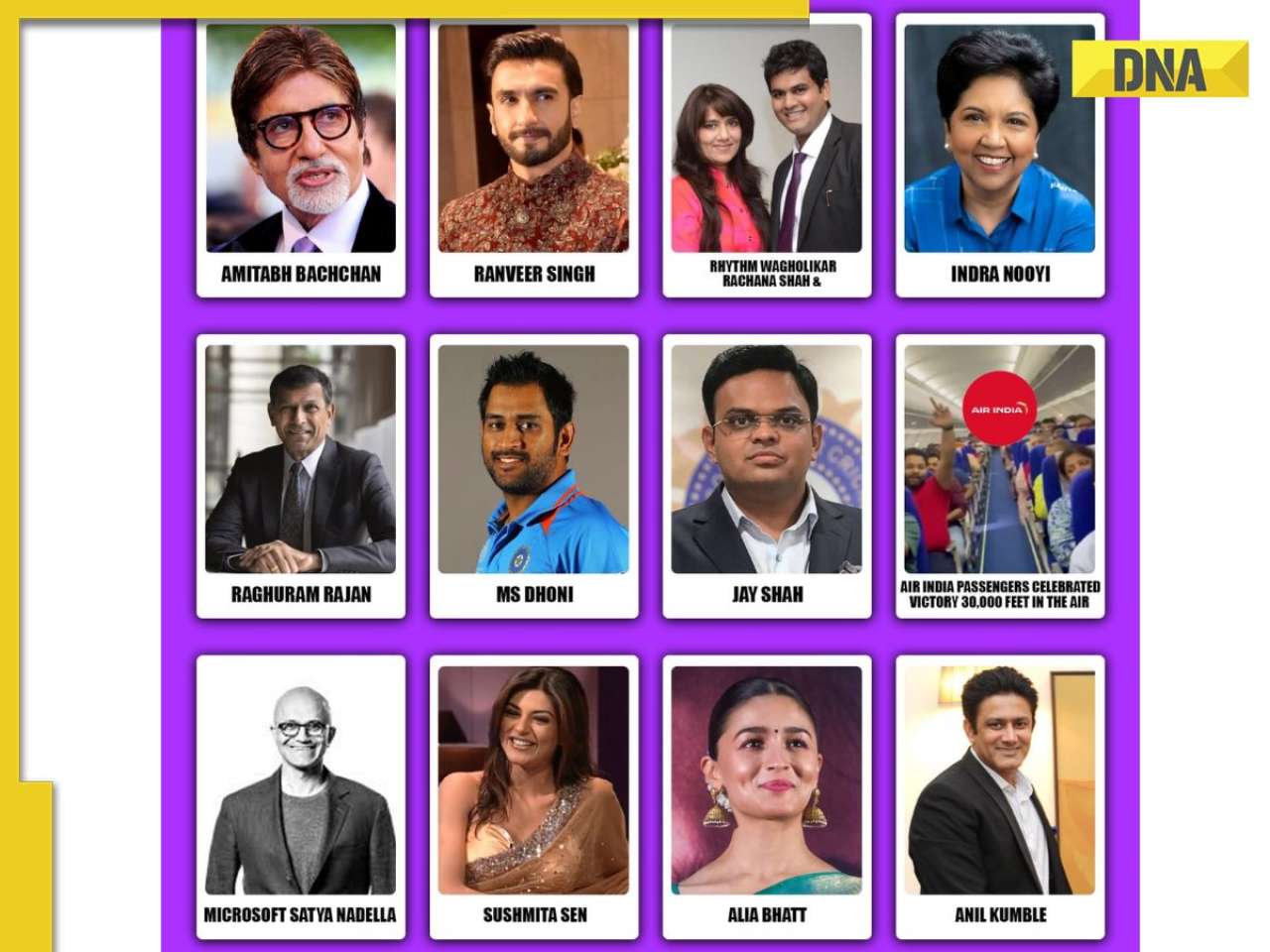

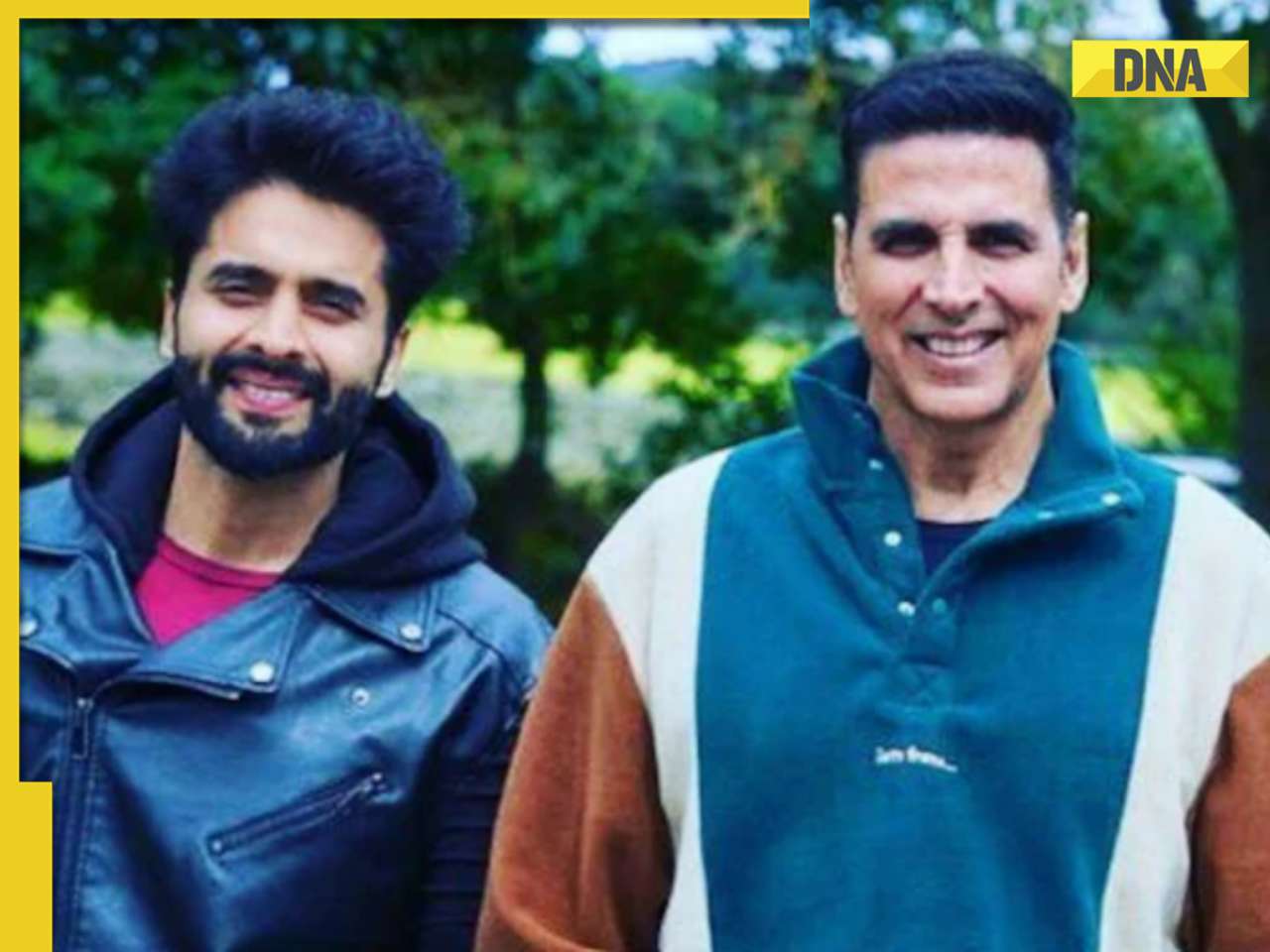


























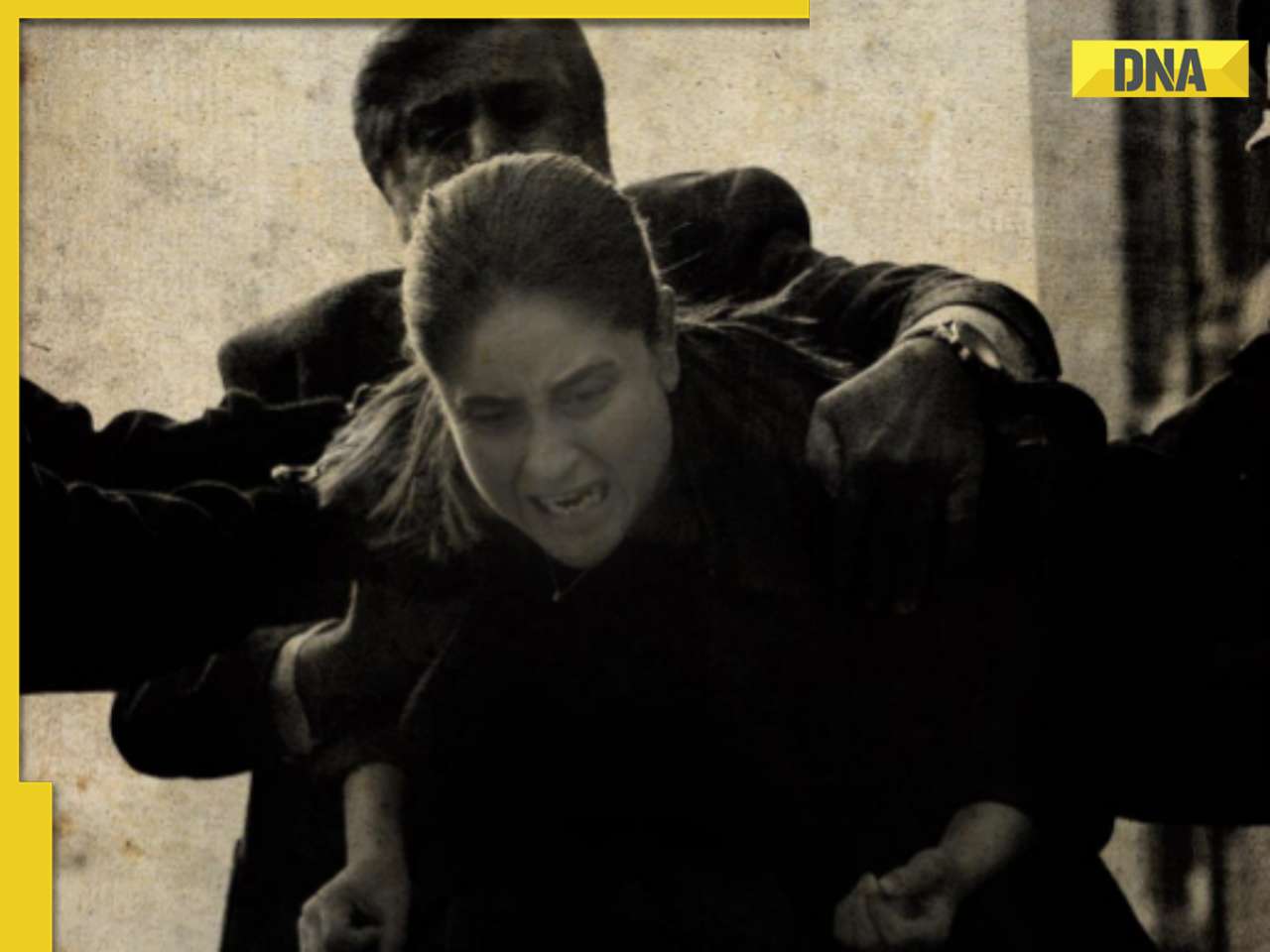
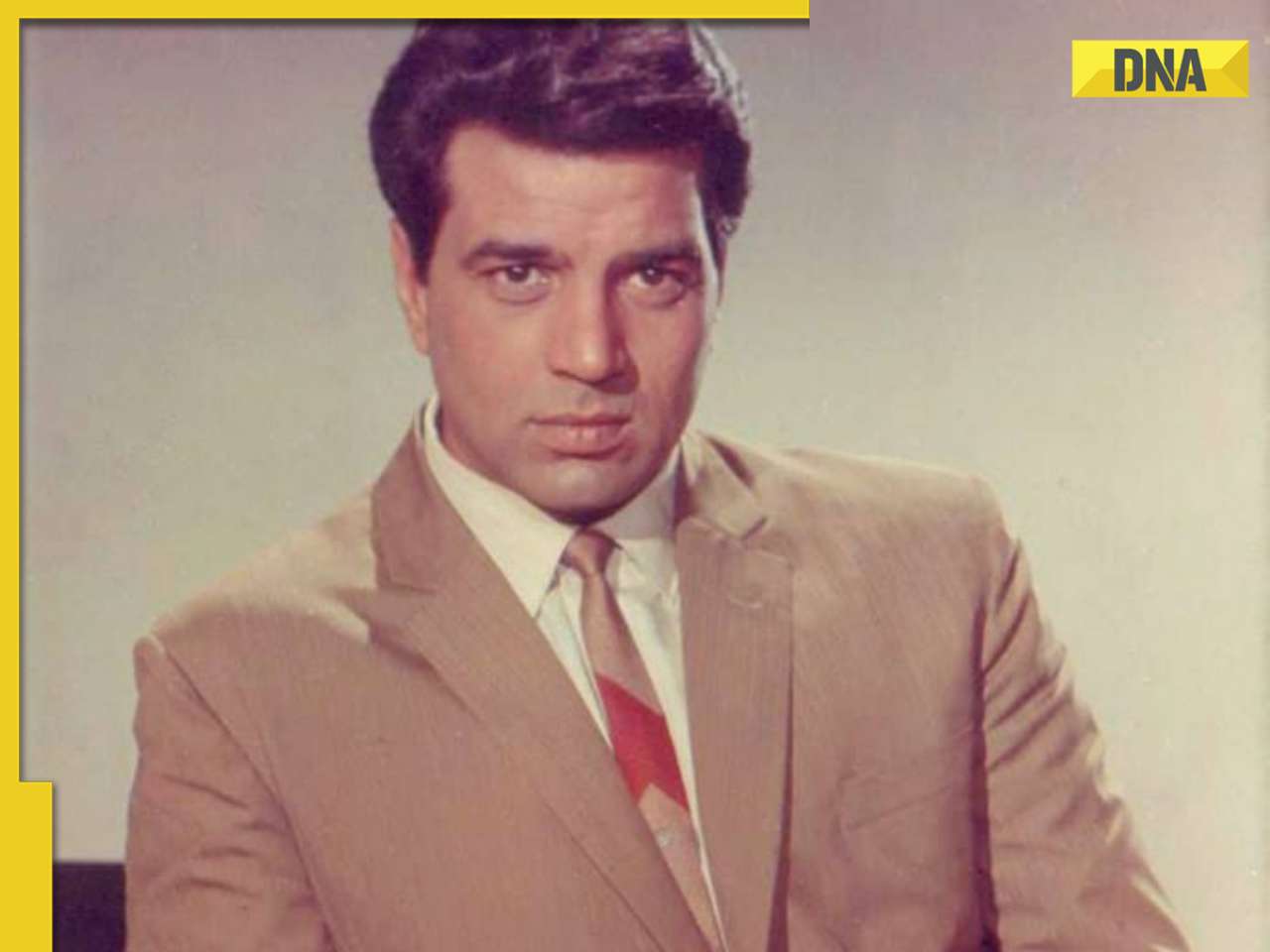


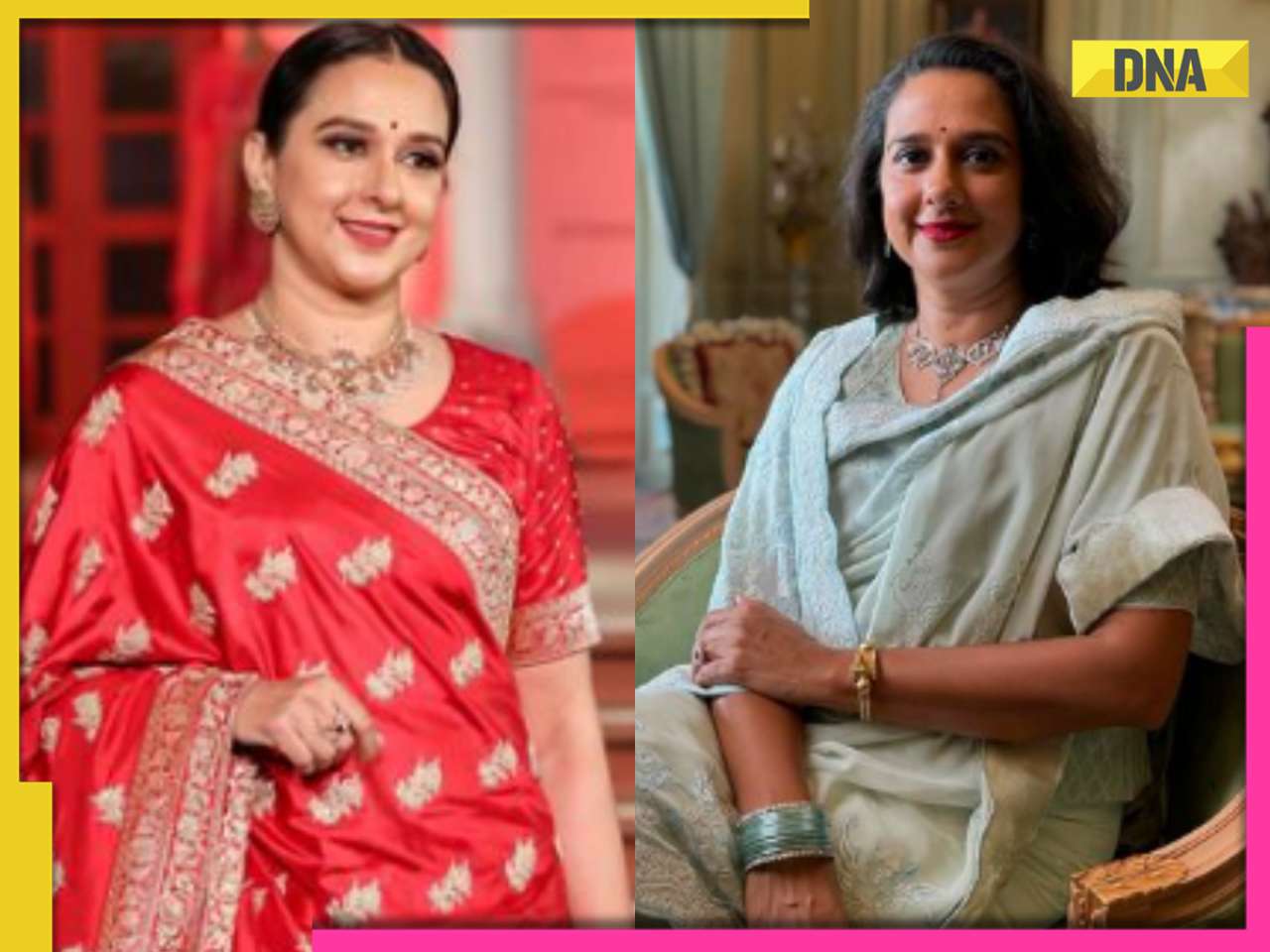
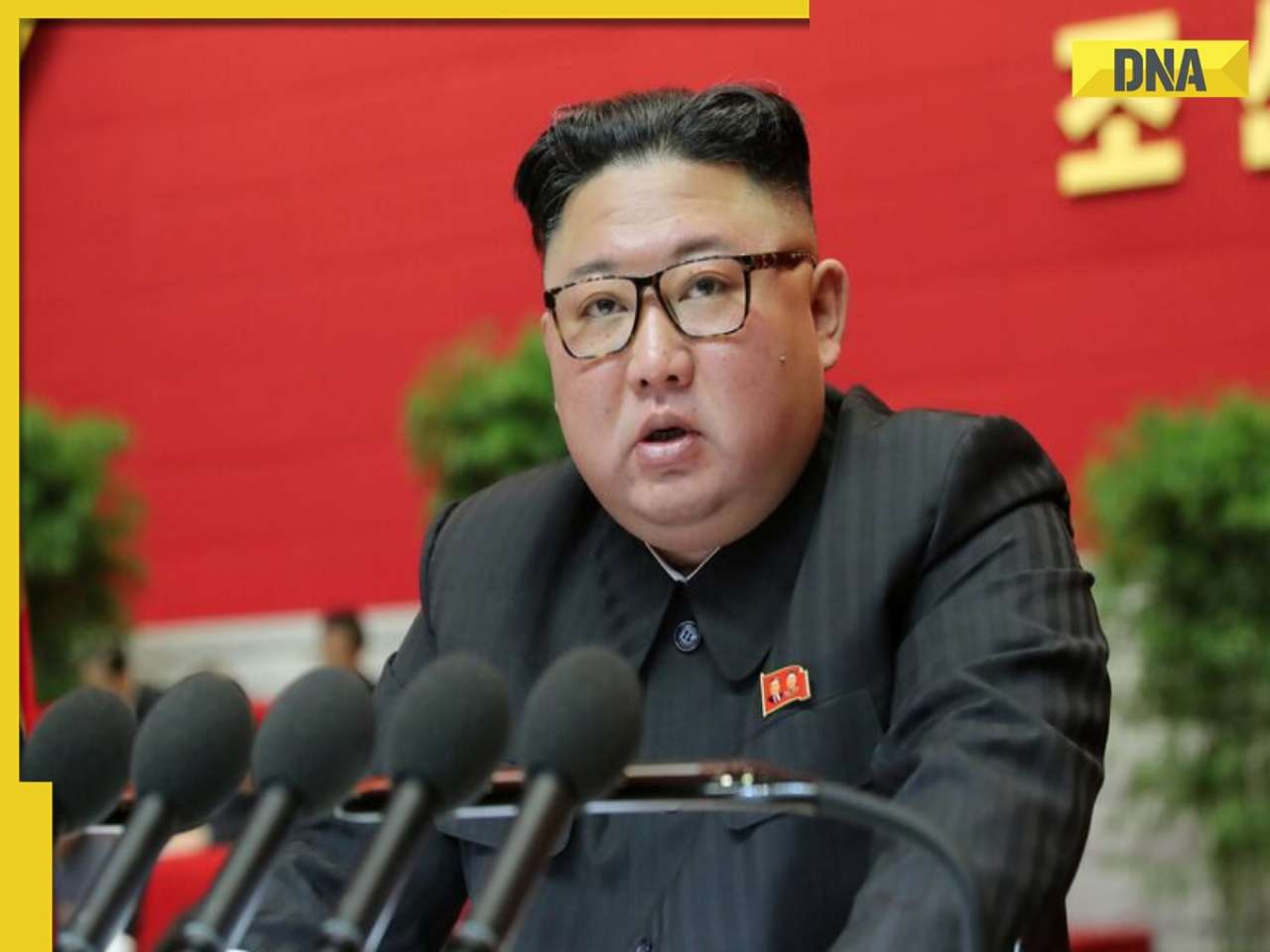


)
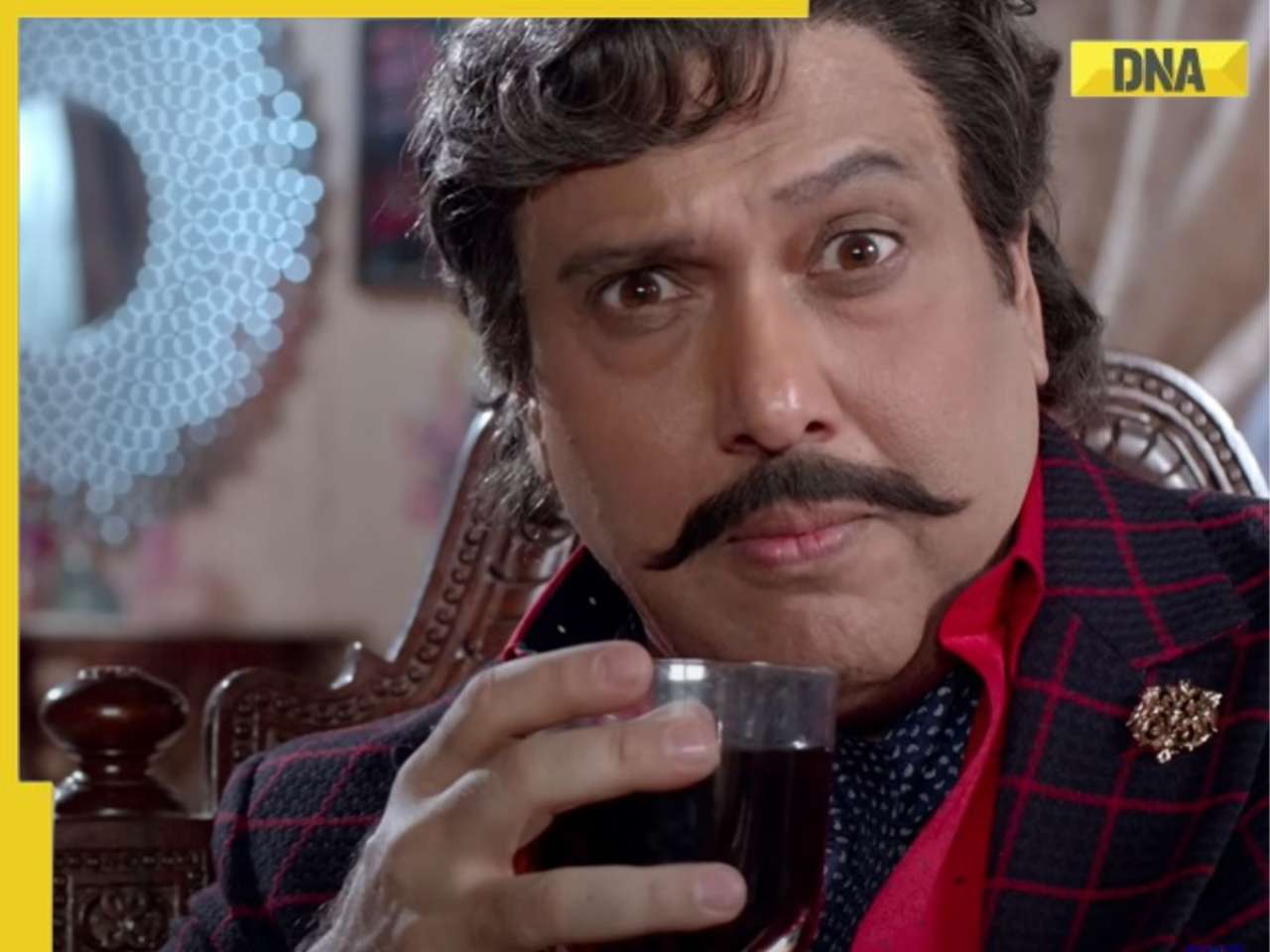
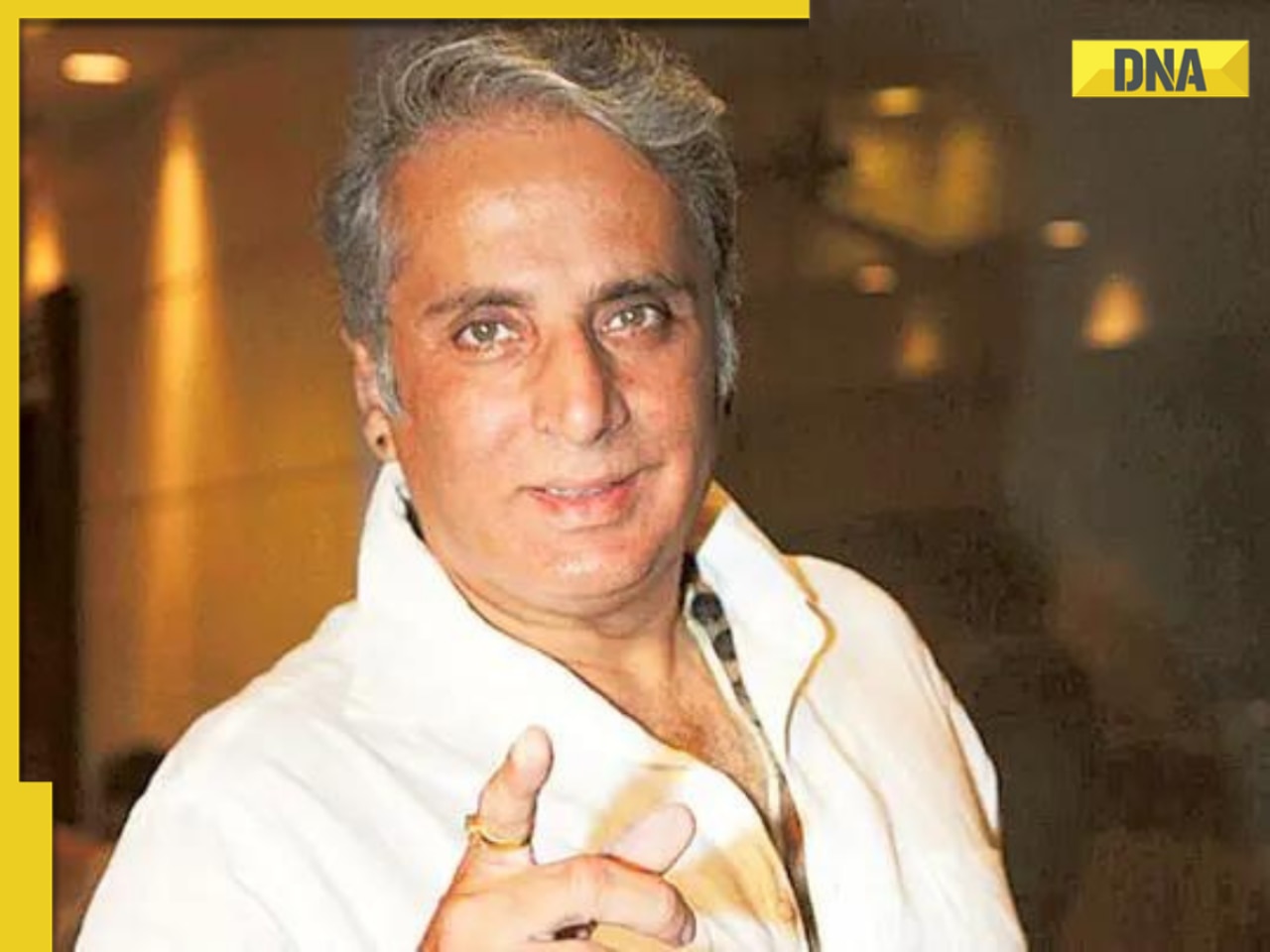

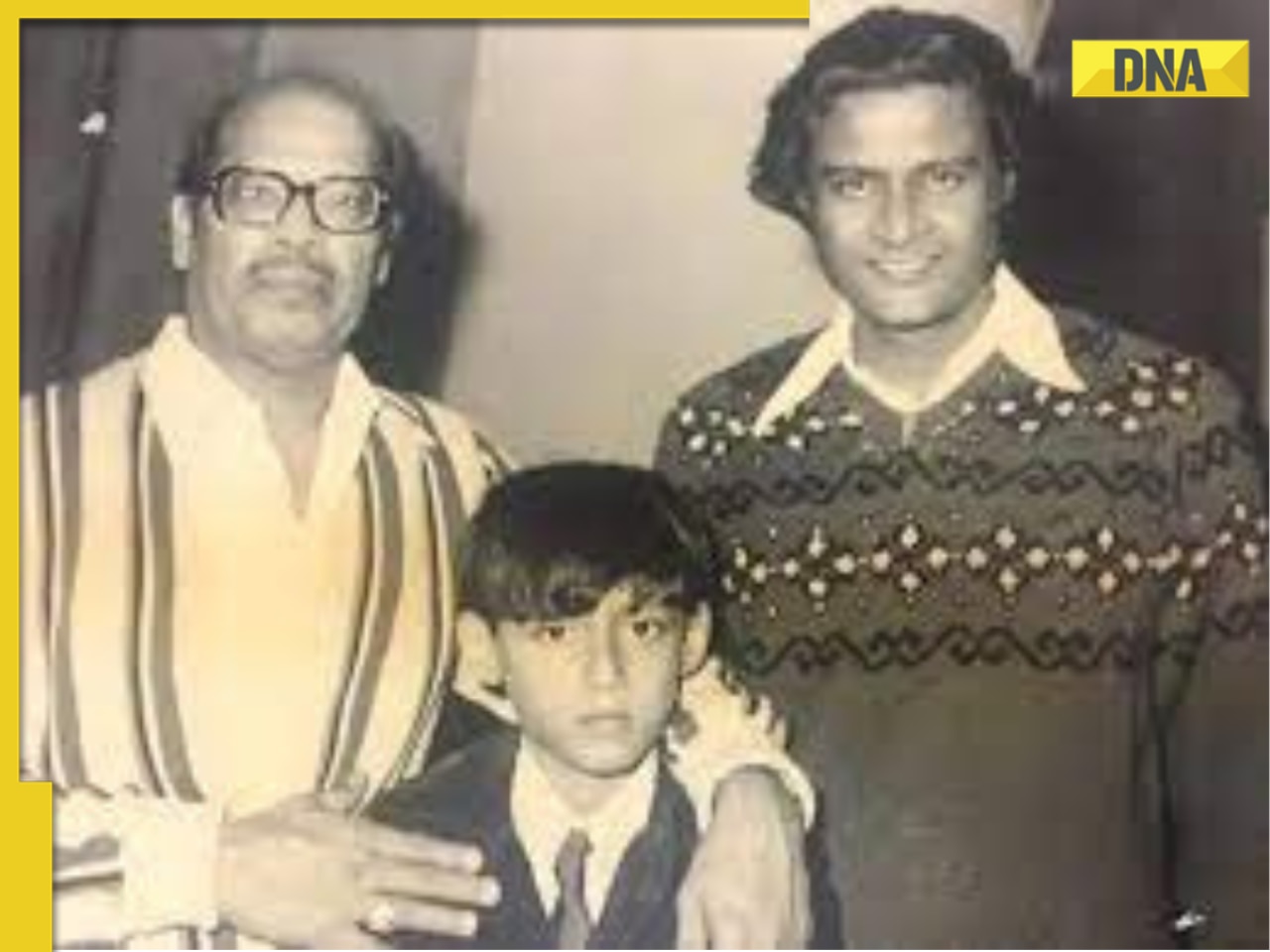





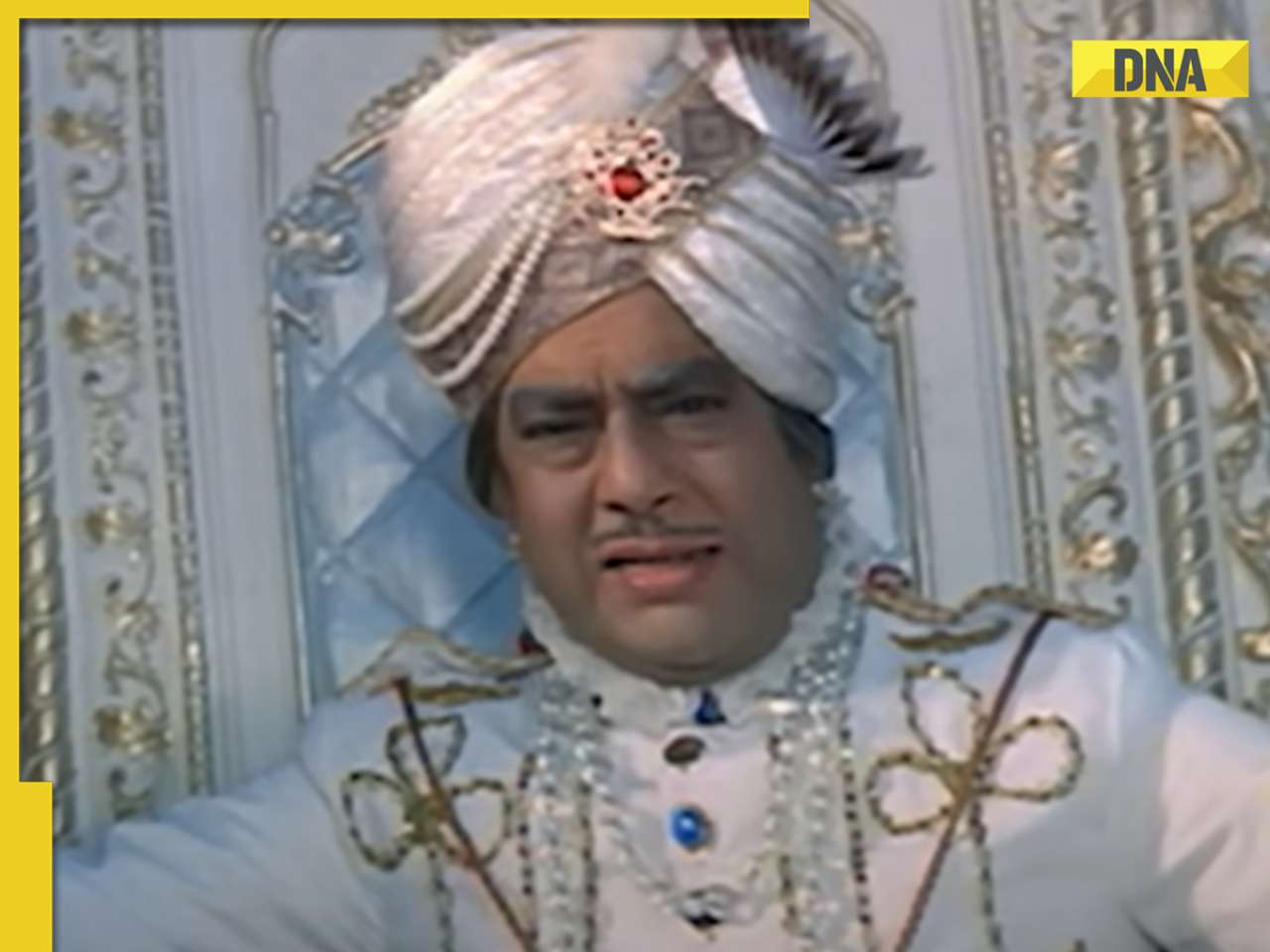




)
)
)
)
)
)